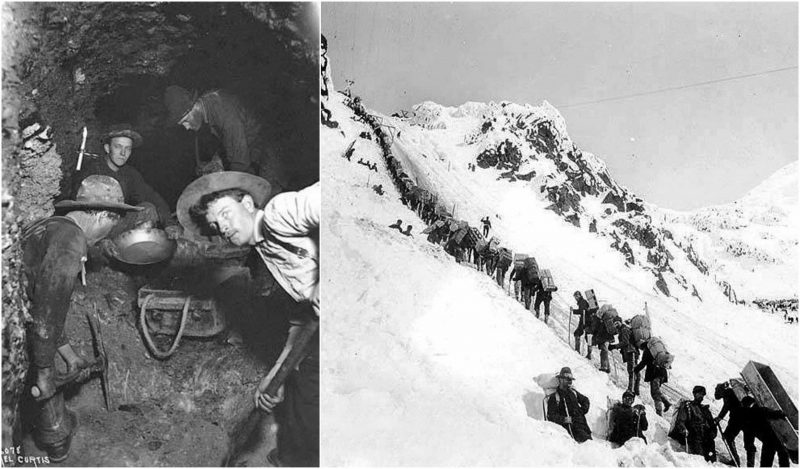On August 16, 1896, the local miners in the Klondike region of the Yukon discovered gold and in so doing sparked the Klondike Gold Rush when some 100,000 prospectors migrated in search of the precious metal.
The rush lasted for three years, from 1896 to 1899, and sure, there were some who got rich, but most of the people went in vain. The rush has been immortalized in books, photographs, films, and artifacts.
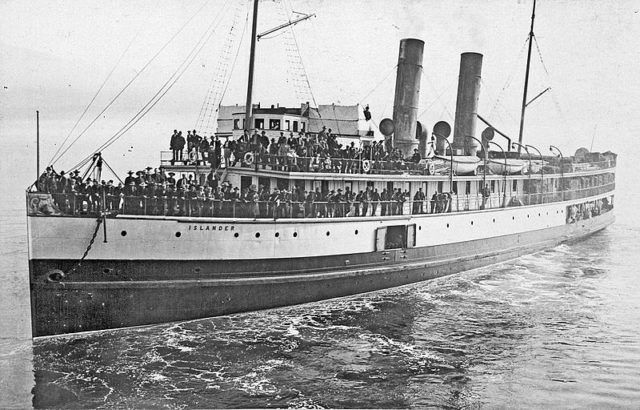
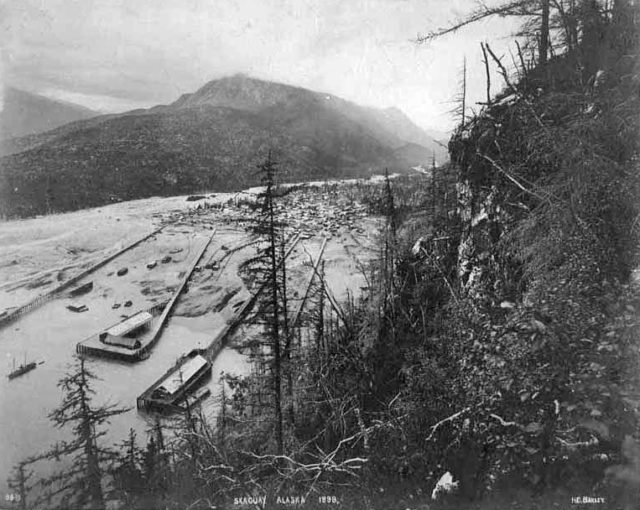
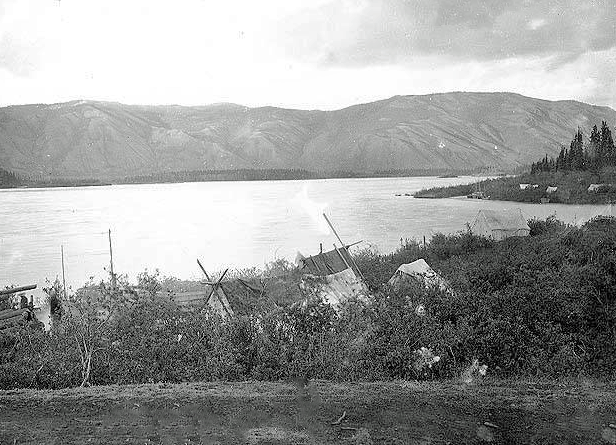
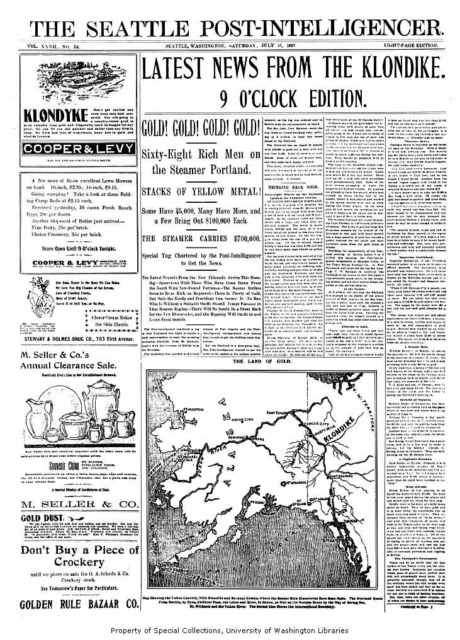
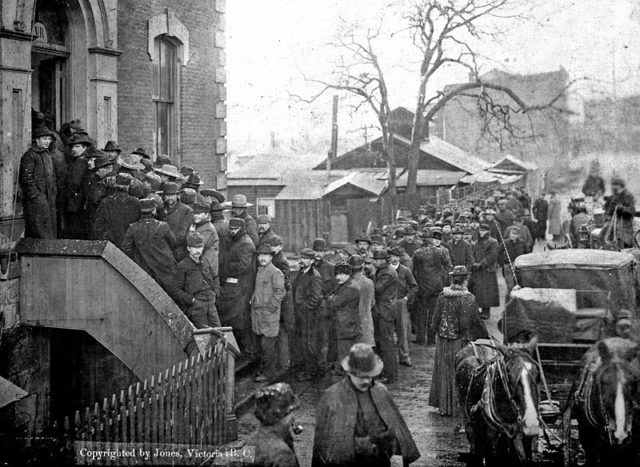
The gold fields could be reached through the ports of Dyea and Skagway in Southeast Alaska, and from there the Klondikers could walk to the Yukon River, either through the White Pass or the Chilkoot trails.
And Klondike could be reached by sailing up the river. The Canadian authorities required each of the gold rushers to bring a year’s supply of food in order to prevent starvation.
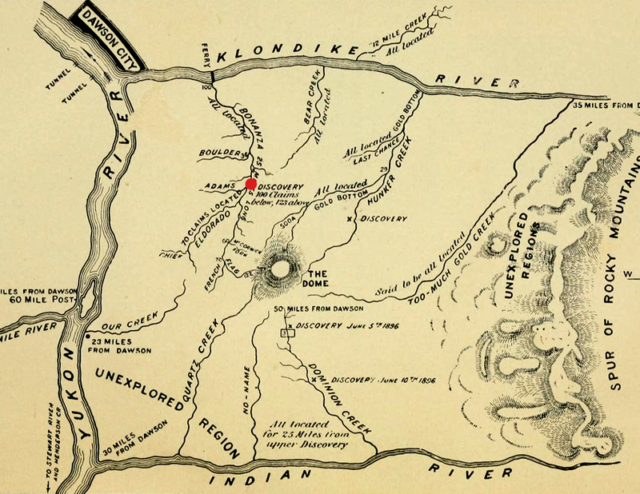
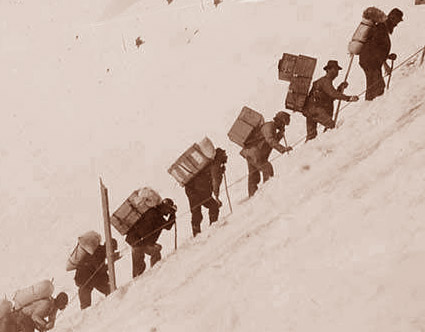
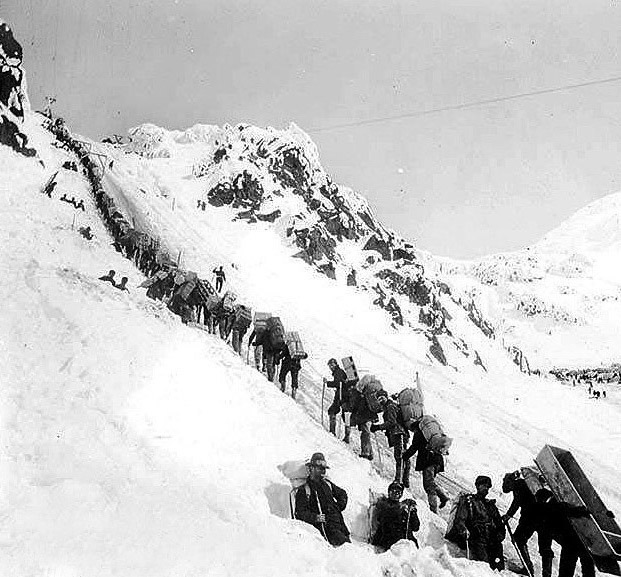
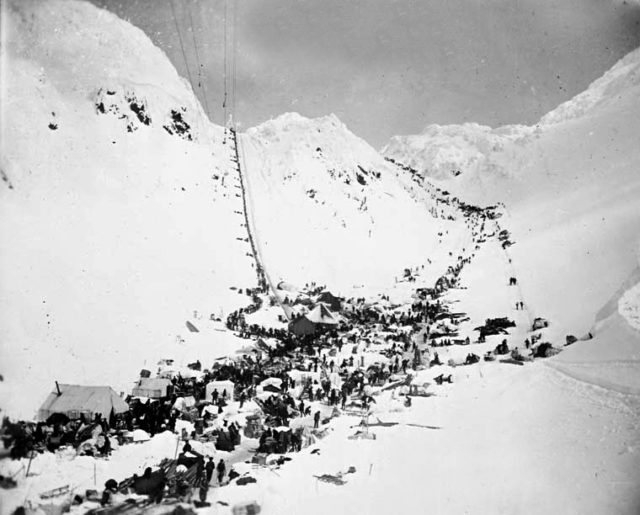
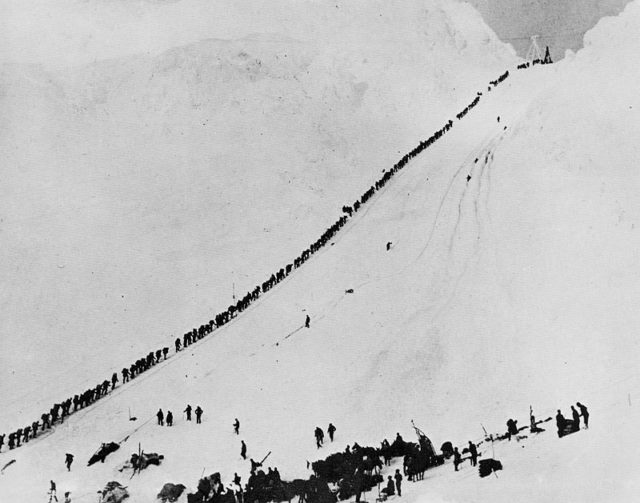
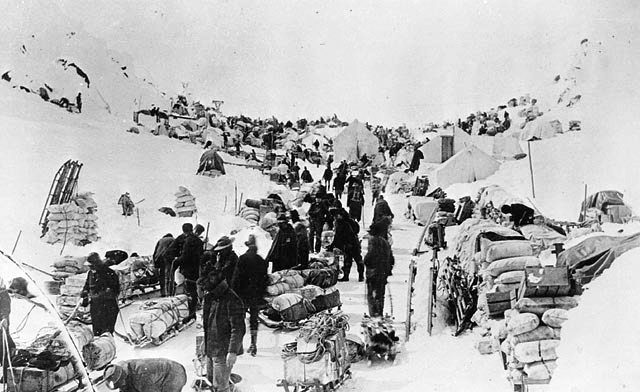
Gold was indeed the motivating force behind the reason why each rusher with equipment weighing up to a ton, and they usually carried it through the snowy mountains and cold weather by themselves. Many of them didn’t arrive at Yukon before 1898, and quite often, once they’d made it to Klondike, they were left disappointed.
However, as there were so many prospectors, towns sprang up along the route to Klondike.
Among those was Dawson City, which blossomed with around 30,000 inhabitants by the summer of 1898.
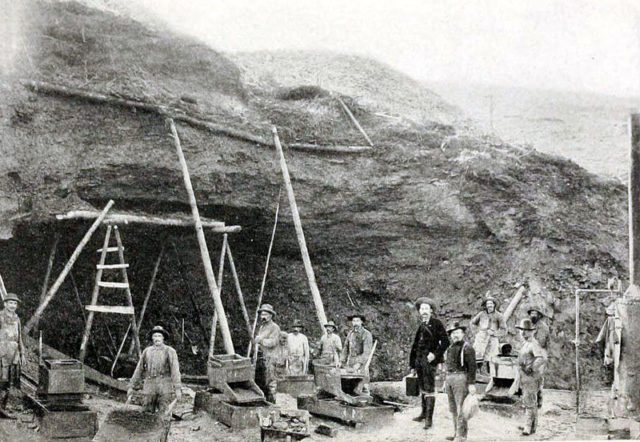
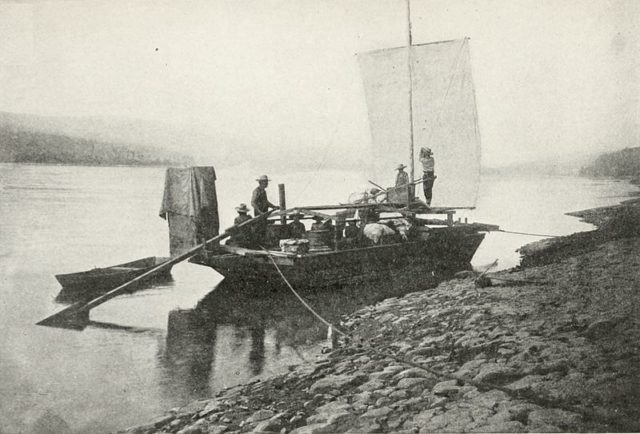
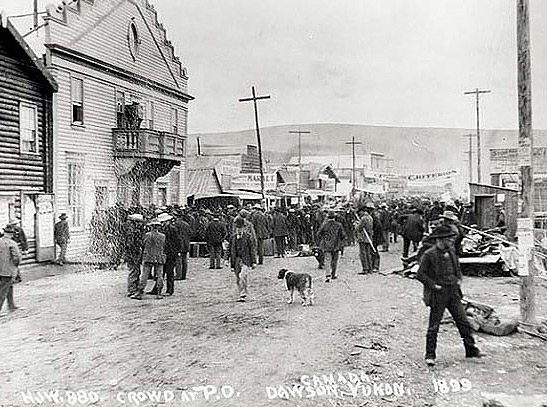
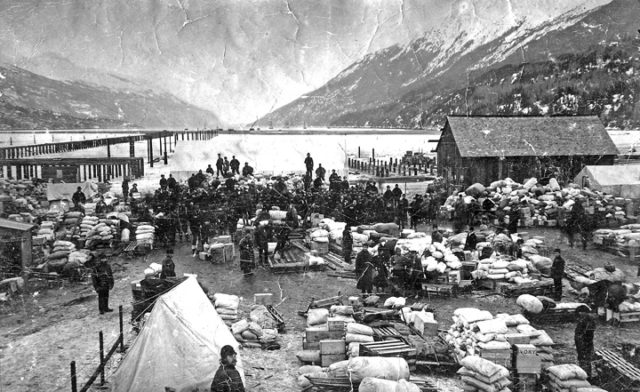
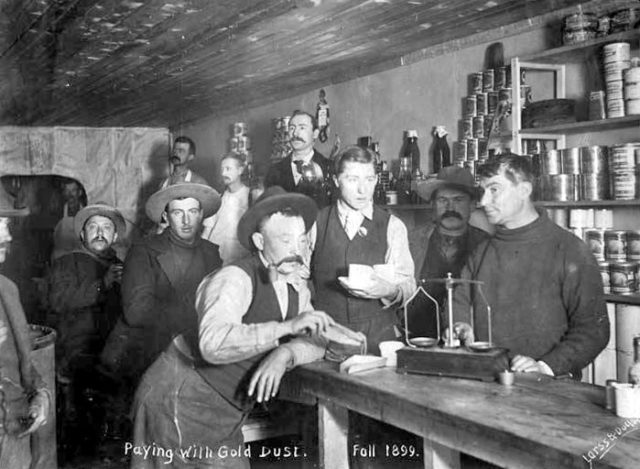
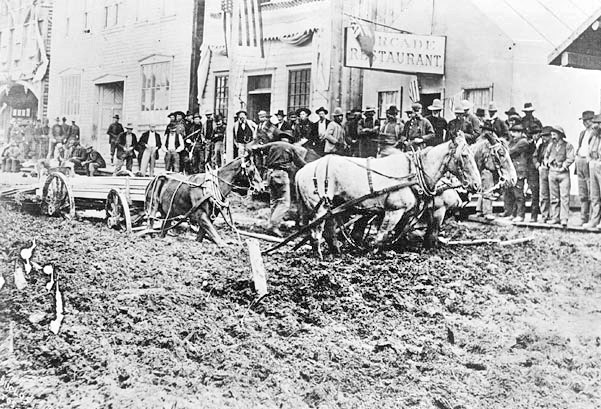
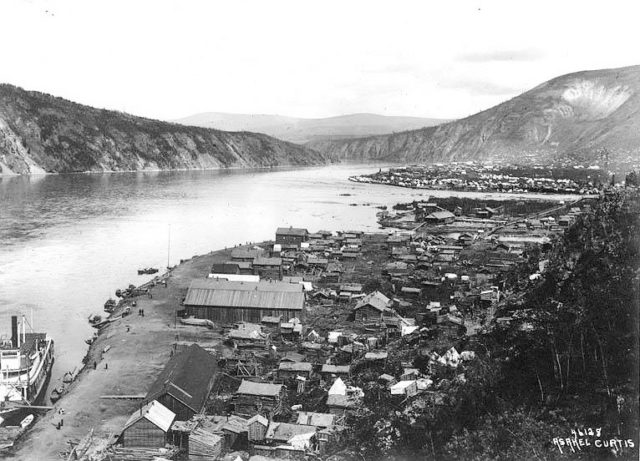
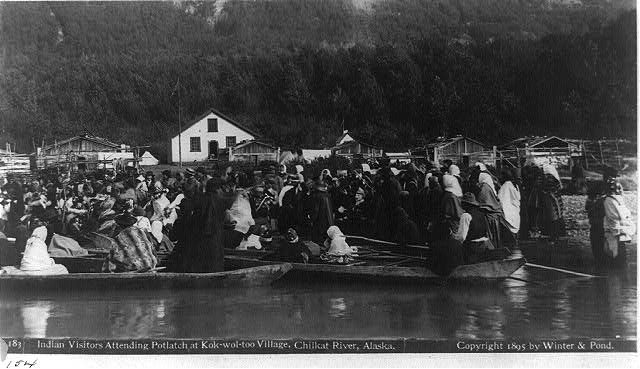
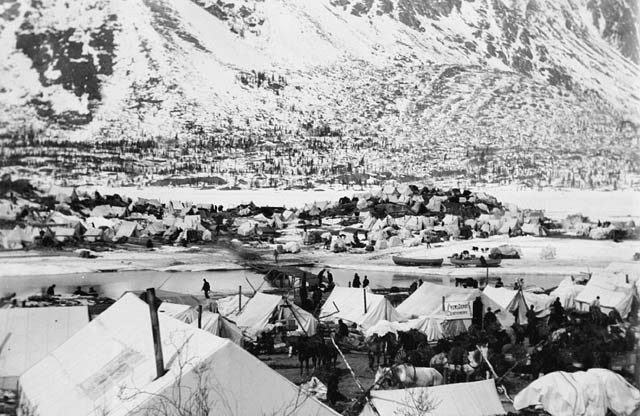
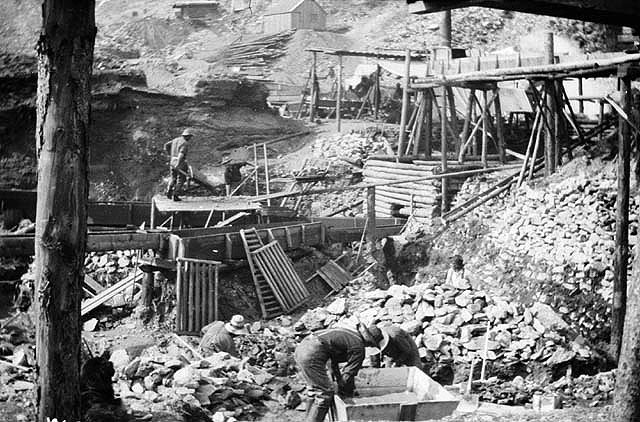
Coming from the West, the prospectors turned the towns into extravagant saloons for gambling and drinking. Hence, the Native Han people suffered from this sudden rush for gold as they were moved onto a reserve so that the newcomers could have room enough to enjoy their lives.
The gold deposits along the Yukon River were known to the Russians but it wasn’t until 1883 that they were discovered by the Americans. By 1886, four people – an American prospector named George Carmack, his Tagish wife Kate Carmack (Shaaw Tláa), her brother Skookum Jim (Keish), and their nephew Dawson Charlie, traveled south of the Klondike River and found gold. And thus started the gold rush.
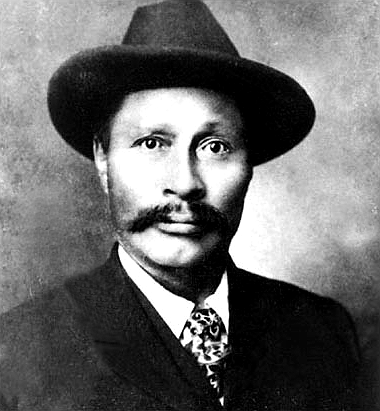
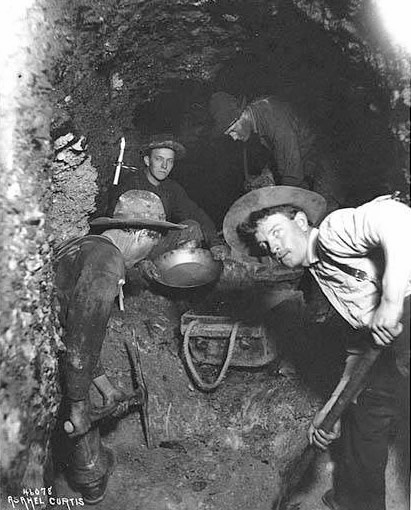
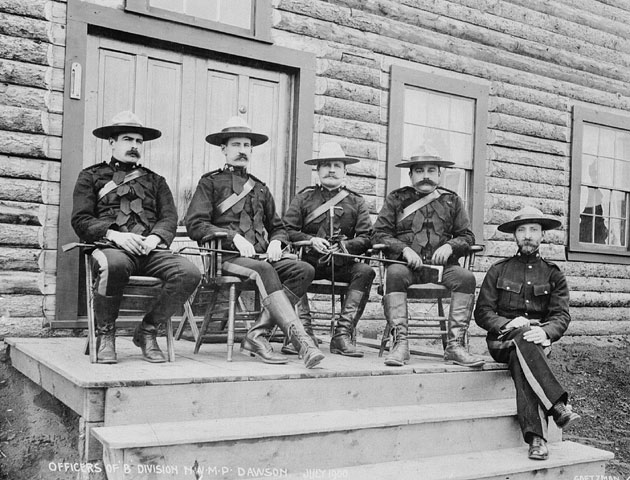
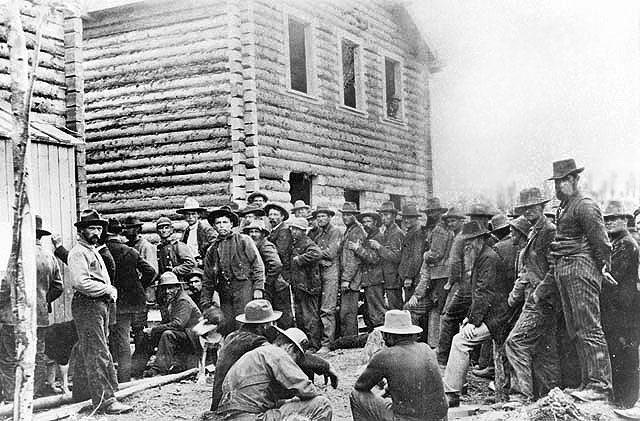
There was nearly $29 million in gold recovered between 1897 and 1899, but it had not been equally divided among all those who participated in the gold rush, and most people ended up with far less than what they had invested, not only in money but in time as well.
However, there were also the Klondike Kings, the ones that managed to become very rich. There were others who found their fortune and fame in different manners. For example, Jack London became famous by writing about his Klondike experiences.
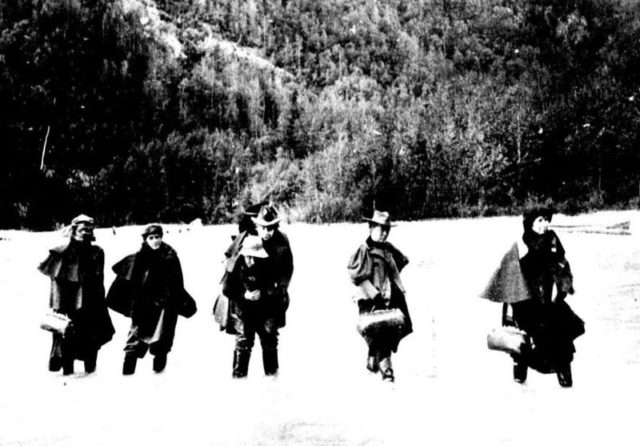
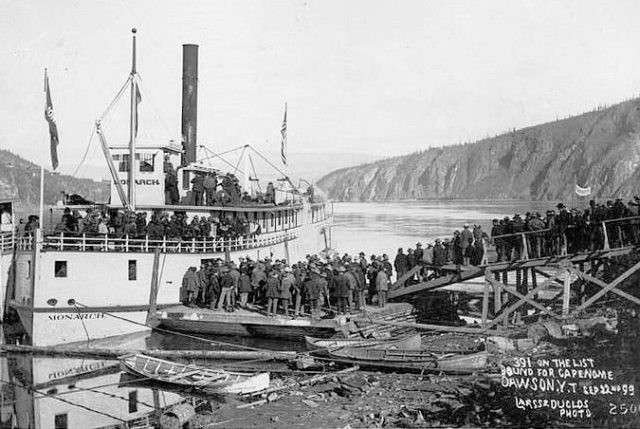
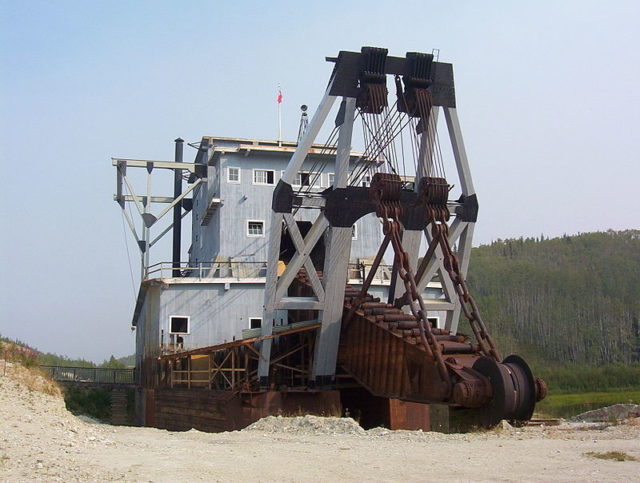
Also, there were many women who became wealthy in the gold rush. For example, Belinda Mulroney opened a hotel where she was selling supplies and got rich from her business. Martha Black bought a sawmill and went on to become Canada’s second female Member of Parliament.
The economy blossomed also in Seattle where a sudden demand for food and supplies for the trip to Klondike earned the people over $1 million. Even the mayor of Seattle, W.D. Wood, resigned his post and set off for Yukon, but ended up disappointed and headed back to the States.
